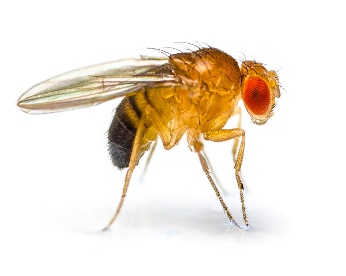ECOLOGY & ENVIRONMENT
FRUIT FLY’S BRAIN MAPPING
Recently, Scientists mapped the entire brain of an adult fruit fly, a breakthrough that advances our understanding of brain function in animals and humans.
ABOUT FRUIT FLY
|

|
Aim |
Aimed to understand how brains are wired and the signals that support healthy brain functions. |
|
Research Scope |
The study mapped over 50 million neural connections among more than 139,000 neurons in the fruit fly a common model in neurobiological research. |
|
Connectome Development |
The research created a connectome for the adult fruit fly's brain, expanding on studies of simpler organisms like the worm Caenorhabditis elegans and fruit fly larvae. |
|
Applications to Neurocience |
Fruit flies, capable of behaviors like learning, memory, and social interaction, serve as valuable models for studying brain functions relevant to humans. |
Source: TH

-1721391937657.png)

